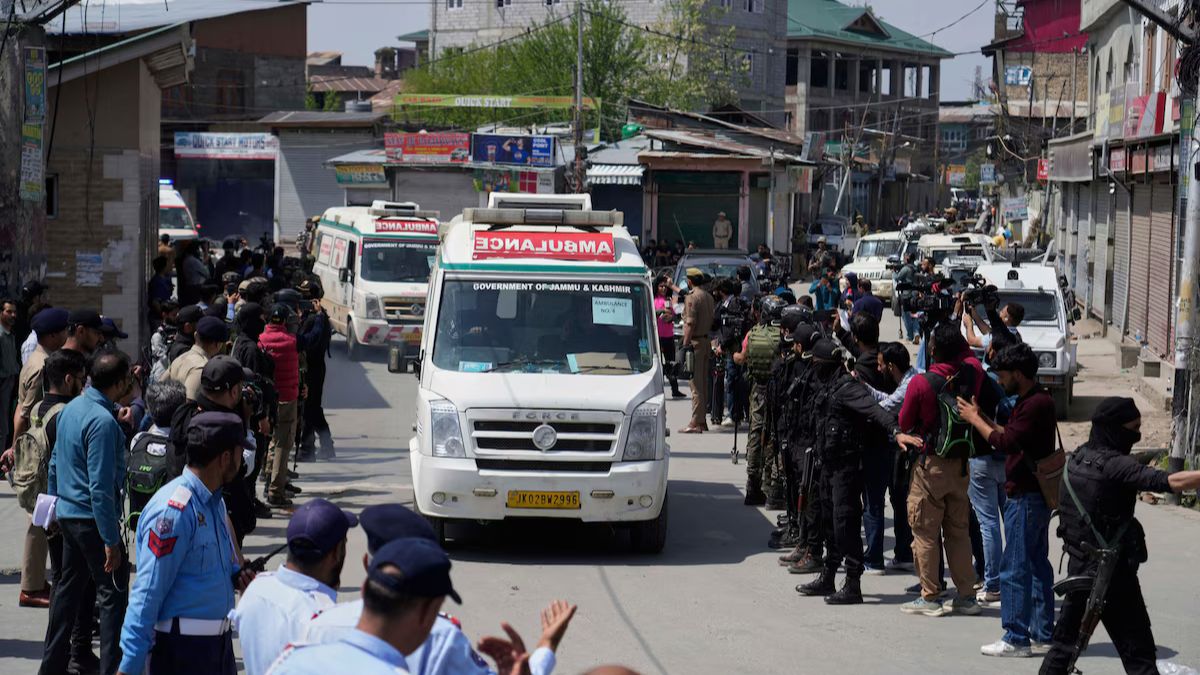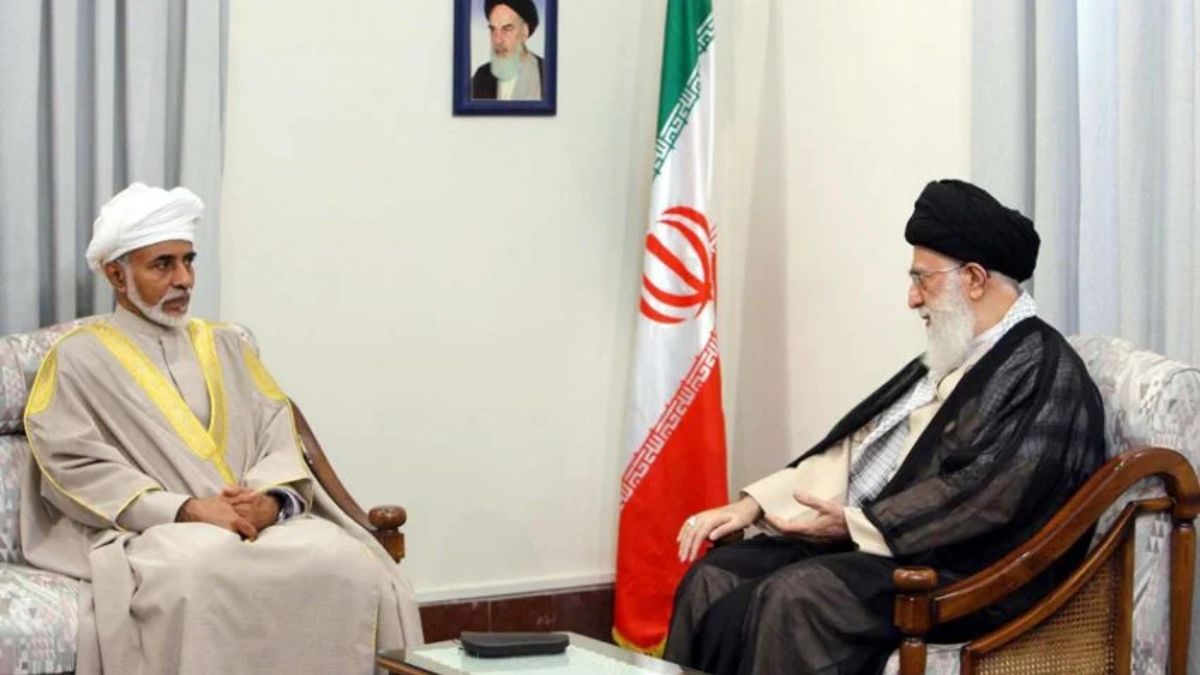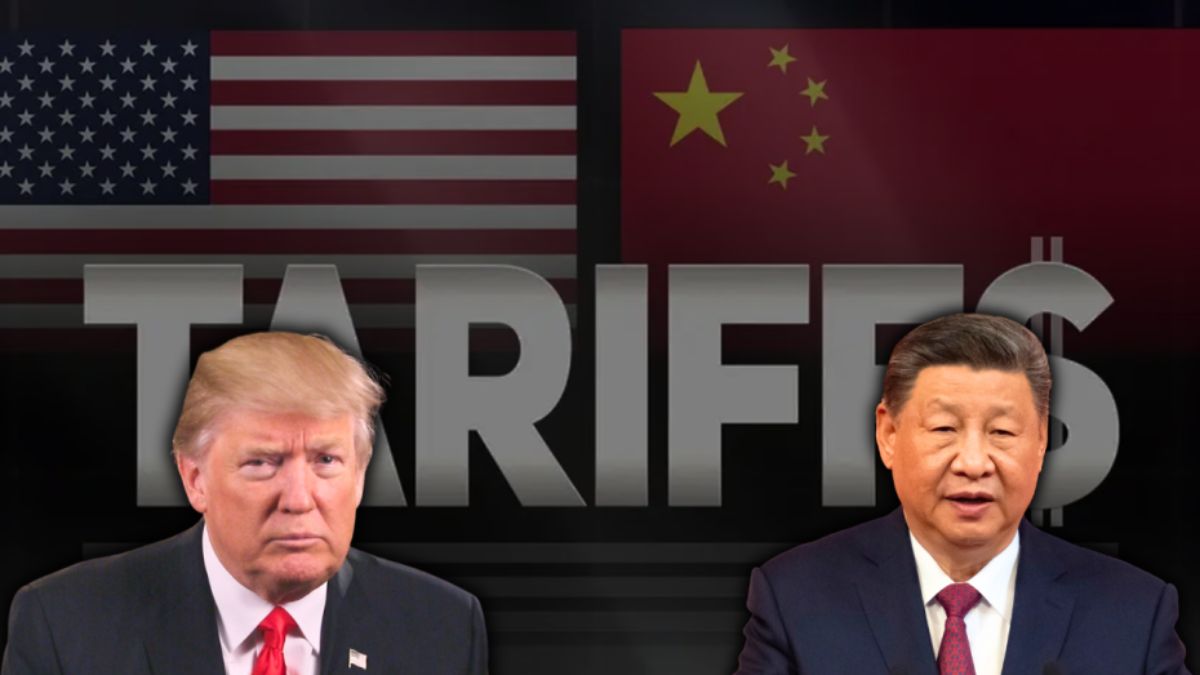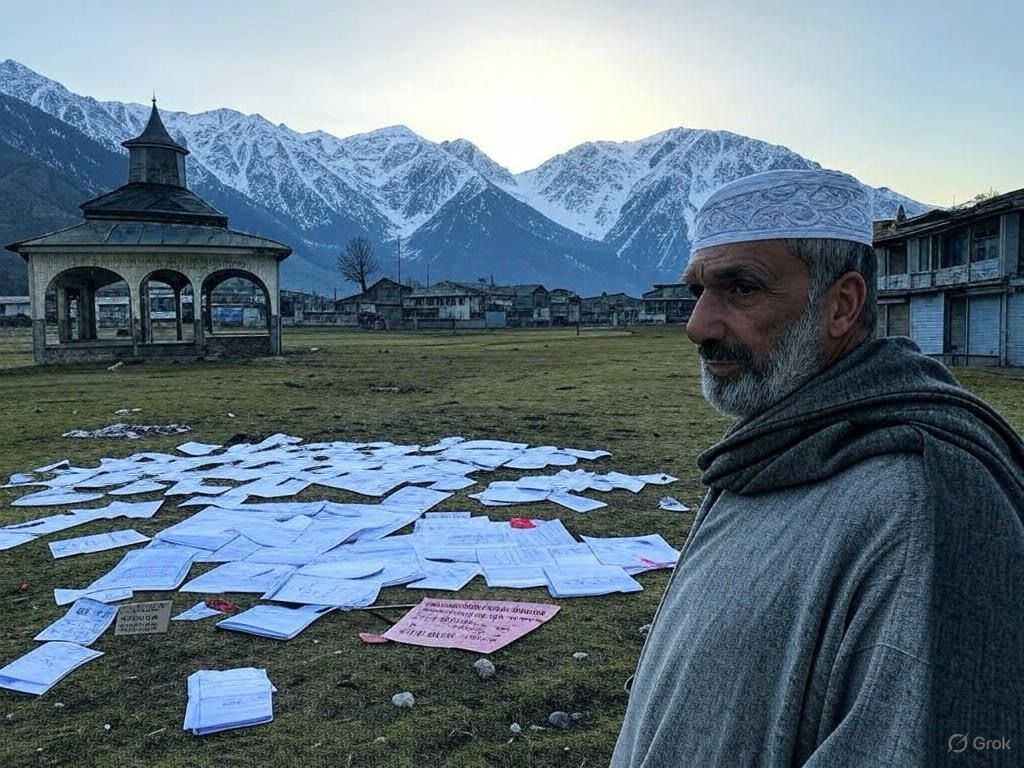On 22nd April 2025, a terrible terror attack in Kashmir’s picturesque tourist town Pahalgam claimed at least 26 tourist lives and injured over a dozen other people. The worst terror attack on foreign tourists in Kashmir since 2000, according to news sources, has not only shaken Kashmir’s security, but also raised tensions between India and Pakistan to a point where retaliation and further destabilization is apprehended. Claimed by The Resistance Front (TRF), an offshoot faction of Pak-based terror group Pak’s Lashkar-e-Taiba, India was shocked and condemned by the whole world. This is an in-depth review on Kashmir terror attack, its martyrs, perpetrators, political and past history, regional and global implications, and Kashmir’s societal and economy issues.
The Attack: A Pahalgam Scene in Chaos
Location and Timing: Pahalgam, a town in south Kashmir’s Anantnag district, is renowned for its beautiful grasslands, rivers, and forests and is also known as “valley of shepherds.” Pahalgam is only 50 km from Srinagar and receives millions of tourists every year, primarily in April when it is at its most beautiful. On April 22, 2025, around 2:45 pm, this beautiful Baisaran meadow, accessible only through foot or pony treks, was converted into a grim sight.
Timeline of Events: A group of armed men in camouflage fatigues suddenly emerged out of a wood nearby, an Indian security official, speaking on condition of anonymity to Al Jazeera, reported. The men indiscriminately fired on tourists on a picnic in a nearby field. The first shots caused instant panic, and dozens of tourists scrambled to save themselves. Eyewitnesses vividly describe the chaos:
- The assault happened when Simran Chandani, a tourist from Nagpur in Maharashtra, was preparing to leave as she had finished having tea and Maggi noodles. “There were people running down, shoving one another. We thought that the balloon had burst,” she told Al Jazeera in an interview. When she understood that there was an ongoing attack, she started running, invoking God’s name: “I was running and taking God’s name.”
- Vinu Bai, a 65-year-old woman from Gujarat, was outdoors in an open field when she heard firing sounds on three occasions. “Individuals started running. A bullet fired amidst the commotion struck my arm,” she narrated to The Hindu at an Anantnag hospital, where she is getting her injury treated.
The attackers mainly targeted men and left a trail in an area with a heavy concentration of families, couples, and single tourists. The brazen nature of the attack, in an area with very dense police patrol, left locals and survivors shocked.
Instant Action: Police officers and paramilitary soldiers were deployed to the area, evacuating wounded individuals and launching a search for the attackers. Indian Home Minister Amit Shah flew to Srinagar to coordinate the response, and Prime Minister Narendra Modi cut short an ongoing diplomatic visit to Saudi Arabia to preside over a high-security meeting on April 23, 2025.
The Victims: A Representative Sample of Society
The bombing has killed a minimum of 26 people and injured more than a dozen, and it is one of Kashmir’s most lethal single attacks in more than two decades. The majority were civilians, a representative sample of Kashmir’s multicultural tourist community:
- Indian Navy Officer: A naval officer from Haryana, on honeymoon at that time, was also among those killed, emphasizing personal sacrifices made during the attack.
- 68-Year-Old Ex-Banker: A retired Pandurangapuram, Andhra Pradesh resident was on holiday with his wife when murdered.
- Other Indian Victims: Among them were a realtor from Karnataka, an accountant from Odisha, a cement trader based in UP, and a returnee from the Gulf in Kerala, showcasing Kashmir’s popularity as a tourist destination in India.
- Foreign National: A foreign national, a visiting Nepali, passed away, evidencing its worldwide outreach.
- Wounded: Injured survivors like Vinu Bai were shot with bullets, and most required urgent medical attention.
The indiscriminate nature of the bombardment—bombardment targeting innocent civilians from all walks of society—has also ignited popular resentment in India because its victims are now becoming popularized as innocent sufferers of an ancient conflict.
The Offenders: Who Accepted Responsibility?
The Resistance Front (TRF): A message in the name of TRF, suspected to have been made by a splinter group belonging to Lashkar-e-Taiba, claimed responsibility for the attack. The organization blamed India for granting residency to outsiders outside Kashmir in a move made possible by Article 370’s revocation of Kashmir’s partial autonomy in 2019. Al Jazeera cannot verify independently that this is genuine, though Indian officials suspect TRF’s role.
Suspected Attackers: Four suspected attackers, two Pakistani and two Indian-held Kashmiri, were suspected, Indian security officials on condition of anonymity reported. The cross-border aspect lent weight to suspicions that there was Pakistani patronage, a charge included in India’s long-standing complaints against its neighbor.
Background on TRF: TRF has been implicated in a string of attacks in Kashmir in recent years, mostly on security forces or Indian symbols of authority. Its alleged connections to Lashkar-e-Taiba, an anti-Indian group based in Pakistan and involved in high-visibility attacks such as its 2008 siege on Mumbai, have contributed to scrutiny on Pakistan’s role.
Pakistani Connection?: Indian observers like Tara Kartha at the Centre for Land Warfare Studies made reference to a recent address by Pak’s Chief of Army Staff, Asim Munir, on April 16, 2025. Munir’s address reiterated the two-nation theory and highlighted differences with India, phrases Kartha has also termed “invective-loaded.” Kartha’s argument was that the timing as well as size of Pahalgam’s attack served Munir’s rhetoric as an “act of war.”
Historical Background: Rare but Fatal Assaults on Visitors
Kashmir’s decades-old rebellion by separatists demanding independence or merger with Pakistan has primarily been against security personnel and political activists. Sporadic attacks on tourists are symbolic because tourism is utilized to prove normalcy. Some such attacks include:
- Abduction at Al-Faran in 1995: Al-Faran abducted six foreign tourists at Pahalgam. One was killed, one escaped, and four were not traced back.
- Nunwan Attack 2000: 32 people, 21 Hindu visitors among them, were killed in Pahalgam, worst ever attack on tourists.
- 2001 Sheshnag Lake Attack: 13 people, out of whom 11 were pilgrims, were killed on the same spot.
- 2017 Anantnag attack: Eight pilgrims were killed by gunshot
- Kathua bus attack 2024: Eight Hindu pilgrims were killed when a bus they were aboard was attacked and thrown into a gorge.
The April 2025 Pahalgam bombing, with multiple fatalities, eclipses these bombings and is its deadliest ever, with the exception of the 2000 Nunwan bombing. It is also matched by a 2001 bombing outside Jammu and Kashmir state assembly with 35 fatalities, by scope and intensity.
Why Tourists?: Tourists symbolize political normalcy and stability, and thus are an alluring high-visibility target for anyone looking to break India’s peace narrative on Kashmir. The fact that this occurred during tourist season and in coordination with a visit by US Vice President JD Vance provided an added layer of geopolitical weight.
Political Context: Kashmir’s Fragile Stability
The protest is occurring against a backdrop of a contentious Kashmiri political environment, fueled by long-standing violence and recent policy shifts:
- Abrogation of Article 370 (2019): India’s decision to unilaterally remove Kashmir’s autonomy and its territorial separation into two union territories has provoked large-scale protests. The action allowed non-Kashmiris to have residence permits, a policy referred to by TRF as justification for this attack. Locals consider this as an attempt to alter Kashmir’s Muslim majority population, sparking resentment.
- Gagging Dissent: Thousands have been arrested since 2019 under Public Safety Act and Unlawful Activities (Prevention) Act, on whose grounds groups can be arrested without trial for prolonged periods. This has stifled political voice and promoted alienation.
- Elections in 2024: Kashmir voted for its first state government in nearly a decade during October 2024. The National Conference leader, Omar Abdullah, swept to victory on a platform promising autonomy restoration. He is constrained by a federally appointed lieutenant governor, diluting his scope for maneuver to assuage local resentment.
- Politics with Tourism as Tool: Tourists—over 2 million in 2024—have been celebrated by the BJP regime as an indicator of peace and progress. Tourism also generates nearly 7% of Kashmir’s economy and provides livelihood support to thousands. The Pahalgam terror is a tacit refutation of this tale and its accompanying economic dividend.
Reaction in Kashmir: Politicians and Kashmiris have termed it as a betrayal of Kashmir’s principles. Opposition leader Iltija Mufti has referred to it as “extremely shocking” considering Pahalgam’s tight security cover. It has been referred to as a “terrorist act” by Politician Waheed ur Rehman Para with an aim to destabilize Kashmir’s economy and stability.
India’s Response: Balance Between Retaliation and Restraint
The Indian government has taken swift action to resolve the crisis:
- Leadership Reactions: PM Narendra Modi, having attended a state dinner with Saudi Crown Prince Mohammad Salman at Jeddah, returned to New Delhi on April 23, 2025, to preside over a security meeting. He condemned the X attack, promising justice: “Those behind this evil act will not be spared”! Home Minister Amit Shah had a meeting with security officials at Srinagar to orchestrate the manhunt and reinforce security measures.
- Security operations: Police and paramilitary forces cordoned off Pahalgam, and a search has been initiated for the attackers. In an effort to prevent further such attacks, armored vehicles and reinforcements have been deployed.
- Opposition Criticism: Rahul Gandhi, Indian National Congress party leader, has condemned the BJP claims regarding normalcy in Kashmir, calling for prevention and responsibility. “The government has to do more than just claims,” Rahul tweeted, calling for action.
Retaliation Debate: The outbursts have made calls for retaliation against Pakistan by the Indian military more vehement, fueled by patriotic sentiment and mass media coverage. For Tara Kartha, only a stern condemnation and a move by Pakistan within 48 hours would keep a crisis at bay. Political analyst Saba Naqvi cautioned against retaliatory attacks on a whim, considering Pakistan’s volatility and India’s relative stability. “Bombing people will not solve this problem,” she insisted, instead suggesting a measured response.
Pakistan’s Position: The Foreign Office on April 23, 2025, sent condolences, but referred to the area as “Indian Illegally Occupied Jammu and Kashmir” in a position that has also fueled tensions. India and Pakistan both lay claims to Kashmir as a whole, occupying parts of it ever since they were partitioned in 1947.
Impact on Kashmir Society and Economy
Economic Impact: Tourism is Kashmir’s very survival, employing thousands in hotels, transport, and handicrafts. The attack can deter tourists, most particularly at this season. A landslide at Ramban village, a key landmark, has closed road travel, raised air fares, and left tourists stranded. The local traders had a shutdown on April 23, 2025, to protest over the attack.
People’s Relief: Locals and Kashmiris themselves helped out stranded vacationers. Abdul Wahid Malik, a hotelier in Pahalgam, offered shelter to a stranded family, quoting words of responsibility on behalf of the state to save lives. “The question is not tourism at this moment; human lives are at stake,” he went on. A local in Srinagar, Nadiya Farooq, was shocked: “Kashmir is renowned for its hospitality. There has to be peace and not spilling of blood here.”
Political Ramifications: The attack contradicts the BJP’s peace message and challenges Omar Abdullah’s struggling regime that is already under tight federal control. It also has the potential to polarize separatist ranks, making it even more difficult to link Kashmiris with the Indian state.
International Reactions: A Global Reproval
The act has been universally condemned by world leaders everywhere, reflecting its global seriousness:
- United States: U.S. President Donald Trump termed the attack “deeply disturbing” and sent condolences on X. U.S. Vice President JD Vance, on a visit to India, sent condolences, describing as “beauty of this nation and its people.”
- United Kingdom: The attack was “utterly devastating” in the view of Prime Minister Keir Starmer, with condolences sent to the victims and India.
- Russia: Its leader Vladimir Putin has referred to it as a “brutal crime” with no logic.
- United Arab Emirates: The UAE condemned violence and terrorism in all its forms, emphasizing international law.
- France: Ambassador Thierry Mathou condemned the “dastardly attack” with words of France’s solidarity
- Saudi Arabia: In Jeddah, Modi was hosted by Crown Prince Mohammed bin Salman, with him condoning the attack and promising aid.
The fact that this occurred when Vance was there has served to amplify its diplomatic impact and emphasize India’s message on terrorism.
Future Challenges and Expectations The Pahalgam attack has exposed Kashmir’s security vulnerabilities and continuing nature of India-Pakistan competitive complexities. Some of its major challenges are:
- Security: Balancing tourist security with not militarizing civil space is a tricky act. The success of this attack in such a security-patrolled area raises issues regarding intelligence failure.
- Geopolitical tensions: India’s move will shape its relations with Pakistan and have an effect on regional stability. A build-up would become an item of global interest because both countries possess a nuclear status.
- Kashmir’s future: The incident has the potential to disrupt political reconciliation and economic rejuvenation. Restoring trust between Kashmiris, tourists, and the Indian state will require addressing underlying factors like political disenfranchisement and economic gap.
- Global Implications: The response by the global community focuses on multilateral measures against terrorism, but unilateral approaches to Kashmir’s state disrupt cooperation. As India formulates its response, the world is watching anxiously. For Kashmiris, the attack is a bitter reminder of the vulnerability of their region, highlighting the desperate need for peace, dialogue, and an end to one of South Asia’s longest and most intractable conflicts.
Sources: Al Jazeera, Associated Press, X posts, and Indian security sources as of 24th April 2025.




